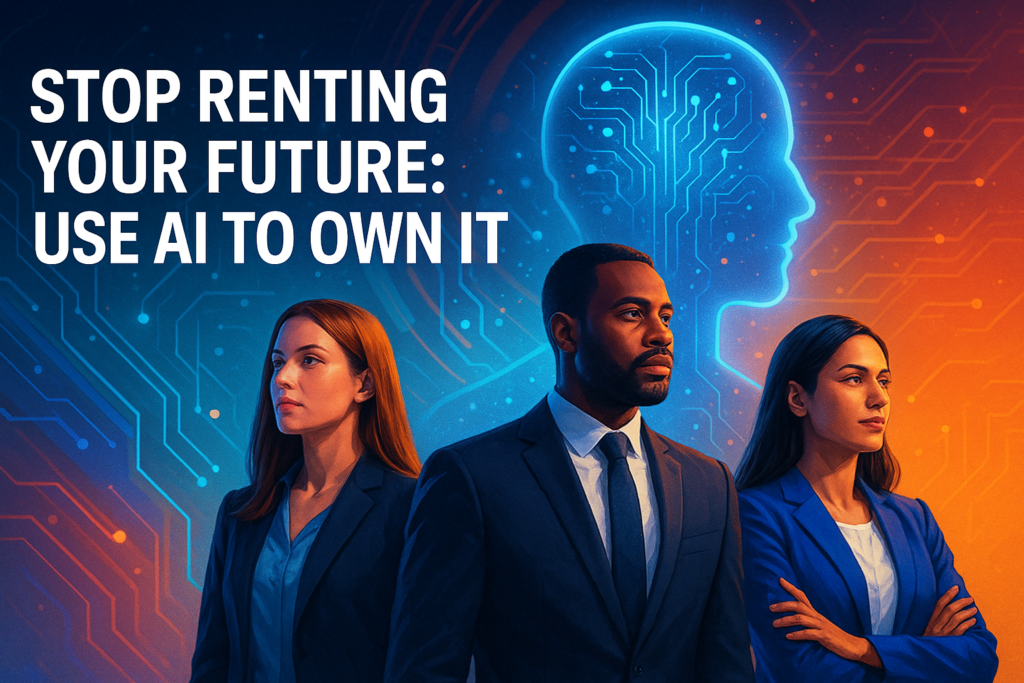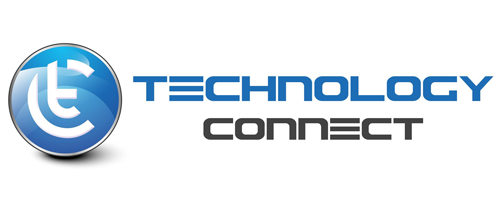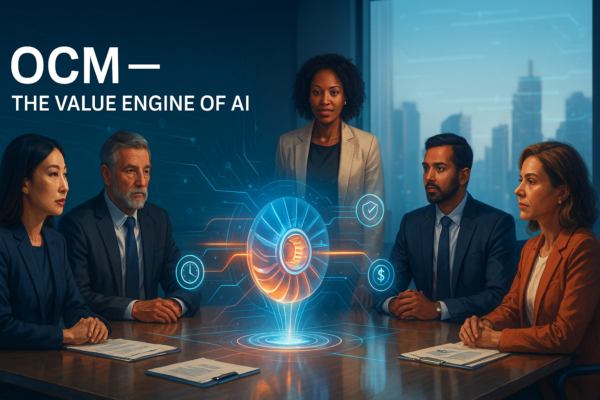

Stop Renting Your Future: Use AI to Own It
For many organisations, technology has become a rental model. Each year, millions are paid to software vendors, system integrators and outsourcing providers. While these arrangements may have delivered benefits in the past, they also tie companies to continuously rising costs without creating true internal capability. In a world increasingly shaped by artificial intelligence, this approach limits agility and competitiveness.
Reducing IT Vendor Spend
Research shows that very few companies are experiencing a positive RoI on their AI investments. This is not surprising as it is not cheap to invest in AI. In a company of 750 staff an annual investment in a “wall-to-wall” GenAI licence, plus ancillary spend such as integration and organisational change management to make it work, can easily total $1 million per annum. If companies obtain learning and productivity benefits only from such large investment, then AI will never positively “move the needle” on competitiveness.
The real and sustainable savings opportunity is not in cutting costs by making people redundant. It lies initially in reducing dependency on expensive external software licences, integration contracts and vendor support. GenAI and AI Agents can perform many of the workflows currently delivered and managed by these vendors. This includes tasks in domains such as customer relationship management, customer service, IT service management, workforce management, supply chain management and regulatory compliance. By using AI to reduce other equivalent and expensive SaaS functionality companies can realise real (net) cost savings.
Reinvesting in Internal AI Capability
The smarter move with freed-up spend is to reinvest savings into building internal AI capacity and capabilities. This includes establishing the skills, teams and tools that allow organisations to continually design, develop and scale GenAI and Agentic AI. Effectively, this creates an internal flywheel: savings fund more capacity, capacity delivers more savings. Critically, a share of the savings can be used to drive business growth and resilience. The cycle strengthens competitiveness while reducing vendor dependence.
AI-Enabled Operating Models
To realise this potential, companies need to move beyond pilots and embed AI into their operating models. This does not simply mean an AI-first approach. The operating model must remain humans-first — centred on team members, customers and stakeholders. AI should enable better outcomes by handling repeatable tasks and augmenting decision-making. When designed correctly, an AI-enabled operating model enhances productivity, service quality and resilience whilst expanding the human core of the business.
What This Means for Executives
For executives and leaders, the mandate is clear:
- Identify areas of IT vendor spend that GenAI and Agentic AI can replace cost-effectively.
- Reinvest savings into building in-house AI teams and capabilities, including an AI Studio with a venture capital mindset and playbook.
- Design AI-enabled operating models that remain human-centred while improving efficiency and agility.
In Summary
Organisations that continue to rent their future from vendors will find it increasingly difficult to compete. The alternative is to use AI to reduce external costs and reinvest those funds into building internal capacity and AI-enabled operating models. This is not about short-term cuts; it is about long-term control, agility and growth. If you want to explore how this can be done in your organisation, reach out to me. At Technology Connect, I work with executives to both save money with AI and design AI-enabled operating models that strengthen competitiveness. Stop renting your future. Use AI to own it.
Tom Dissing is the founder and Managing Director of Technology Connect. He helps boards and executives drive cost savings, business growth and avoid disruption through artificial intelligence (AI), innovation and venture building
Copyright © 2025 Technology Connect. All rights reserved.



